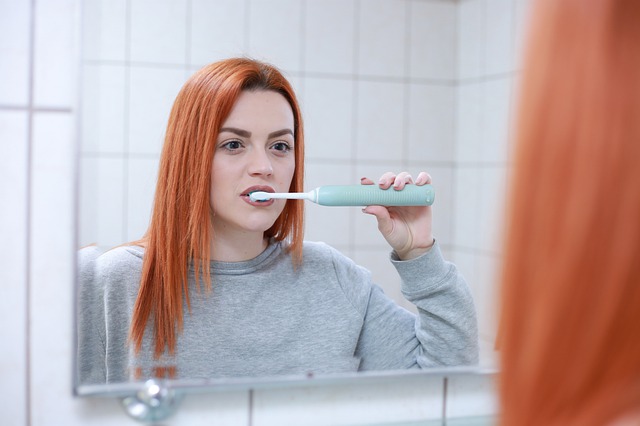The behavioral and social sciences are central to understanding and addressing dental, oral, and craniofacial health, diseases, and conditions, and are relevant to every discipline in dentistry. The “Consensus Statement on Future Directions for the Behavioral and Social Sciences in Oral Health,” published in the Journal of Dental Research (JDR), highlights the current state of knowledge in the behavioral and social oral health sciences and identifies future directions for the field.
In 2020, the IADR Behavioral, Epidemiologic and Health Services Research Scientific Group sponsored the Behavioral and Social Oral Health Sciences Summit, a three-day virtual meeting of over 400 oral health stakeholders, researchers, and clinicians with expertise in the behavioral and social sciences.
The first-ever international meeting of its kind, the Summit served as a launch-point for promoting oral health globally by advancing the robust application of behavioral and social sciences, and built consensus among health scientists and clinicians about essential foci and critical next steps.
Through an iterative process that included incorporation of global feedback, the Consensus Statement identifies important areas of focus, including establishing behavioral and social theories and mechanisms related to oral health, the use of multiple and novel research methodologies, development and testing of new interventions using emerging technologies, and the application of dissemination and implementation science for oral and craniofacial health.
This Consensus Statement has been endorsed by the IADR and AADOCR and over 40 other organizations, and more than 300 individuals internationally.
“Optimizing oral health and healthcare globally requires active engagement with the behavioral and social sciences. Working together across regional and national boundaries over the globe, we can more fully realize the potential of behavioral and social sciences in regard to their essential role in oral health. Uniquely positioned to help advance racial, cultural, and other equity in oral health, behavioral and social sciences must be integrated into the education, training, and mentoring of all oral health clinicians and researchers” said Dr. Daniel W. McNeil, one of two co-organizers of the Summit and a co-first author of the Consensus Statement article.
Dr. Cameron L. Randall, the other co-organizer and co-first author, described the Consensus Statement as “the product of a comprehensive, multidisciplinary, and inclusive process.” As a result, he said, “it is intentionally broadly applicable, reflecting the broad participation of those engaged in the process as well as the very nature of the behavioral and social sciences. Having reached consensus, action is now needed to advance and further integrate and translate behavioral and social sciences into oral health research, education, and practice. We hope those working to ensure oral health for all take up the charge outlined in the Statement to advance the field across the identified areas of focus.” McNeil and Randall, along with a Steering Committee of 10 other colleagues, organized and conducted the Summit and authored the resulting JDR article.
About the Journal of Dental Research
The IADR/AADOCR Journal of Dental Research (JDR) is a multidisciplinary journal dedicated to the dissemination of new knowledge in all sciences relevant to dentistry and the oral cavity and associated structures in health and disease.
The JDR 2-year Journal Impact Factor is 6.116, ranking #5 of 91 journals in the “Dentistry, Oral Surgery & Medicine” category, and the JDR 5-year Journal Impact Factor is 7.199.
The JDR ranks #1 of 91 journals in total citations at 26,197 and Eigenfactor at 0.01683. The JDR Editor-in-Chief is Nicholas Jakubovics, Newcastle University, England.
Follow the JDR on Twitter at @JDentRes!
International Association for Dental Research
The International Association for Dental Research (IADR) is a nonprofit organization with over 10,000 individual members worldwide, with a mission to drive dental, oral and craniofacial research for health and well-being worldwide.
To learn more, visit www.iadr.org.
The American Association for Dental, Oral, and Craniofacial Research (AADOCR) is the largest Division of IADR with 3,100 members in the United States.
To learn more, visit www.aadocr.org.
FEATURED IMAGE CREDIT: Martin Slavoljubovski from Pixabay












